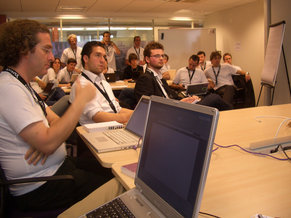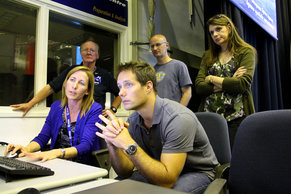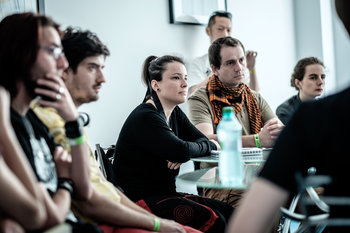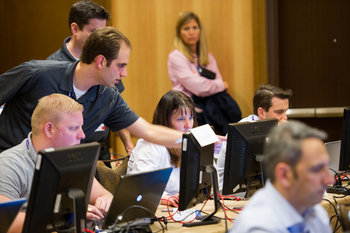
Introduction of New Technology
This phase can be broken into a number of subsections such as planning, design, procurement, development, integration, deployment and launch of new technology.A new data center launches with 1800 physical servers that are separated into 10,000+ virtual servers.
A cloud infrastructure company designs, codes and launches a new edge computing platform.
A restaurant purchases and installs a point-of-sale system that accepts various forms of payment.
A telecom company plans, purchases, customizes, integrates, tests, deploys and operationalizes a new billing system.
Sustaining a Technology
The long process of running an information technology to create value. This invariable involves a process of upgrading, maintaining and supporting the technology. Hardware has an inherent end-of-life as physical things will decline due to entropy and become outdated. However, software can be continually improved, upgraded and reinvented such that it can theoretically be sustained indefinitely. In practice, software also has a lifespan.A Linux operating system is regularly upgraded over a period of 20 years. An administrator at a bank monitors available updates and upgrades and implements them on a regular basis in order to keep up with current security patches.
An IT support team regularly repairs laptop hardware. For example, by replacing ssd cards and reinstalling the operating system. This greatly increases the average lifespan of these devices.
A point of sale system in a restaurant automatically updates itself and remains operational for 11 years without any onsite maintenance.
A cloud platform is continually developed and improved with monthly changes to the software.
Transition
The process of transitioning an old technology to a new technology. Older information technologies may be given a transitional role as they age.A bank has a CRM system that includes a user interface and over 100 integrations with other systems. The system is 22 years old when a project is launched to move to a cloud platform as the primary user interface. However, the CRM system remains in place due to the large number of integrations it supports. The system remains an important data source for an addition 9 years before the data on the system is fully migrated to other systems and the integrations replaced.
A contract software developer replaces the mini computer on their desk with a faster model and uses the old computer as a streaming media box.
Decommissioning
The process of completely removing an information technology from operation. In the case of physical items, this requires disposal such as recycling.An operating system approaches End of Support Life and a ecommerce company mandates that all teams using the OS migrate to a new OS by a particular date.
A managed switch in a data center suddenly stops working and is swapped out with an onsite spare.
A data center decommissions 800 aging servers. These come off line slowly by taking them out of the pool of available instances and by forcing some instances to stop. The hardware is securely wiped and sold as used equipment.
An internally developed settlement system at an investment bank has become bloated and inefficient over 20 years of updates. An architectural decision is made to replace the system with a new internally developed platform. The new system is launched in parallel operation with the old system for 6 months. At the end of this period the old system is shutdown. The old source code is retained for a period of 10 years.
| Overview: IT Lifecycle | ||
Type | ||
Definition | The ongoing process of introducing new technologies, sustaining these technologies, transitioning to replacements and decommissioning older technologies that have become a risk or inefficiency. | |
Basic Process | Introduce → Sustain → Transition → Decommission | |
Related Concepts | ||


















